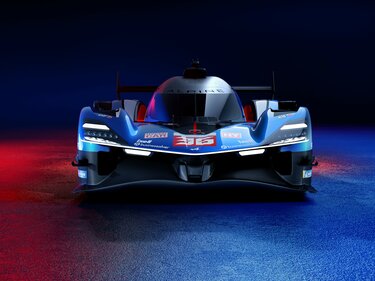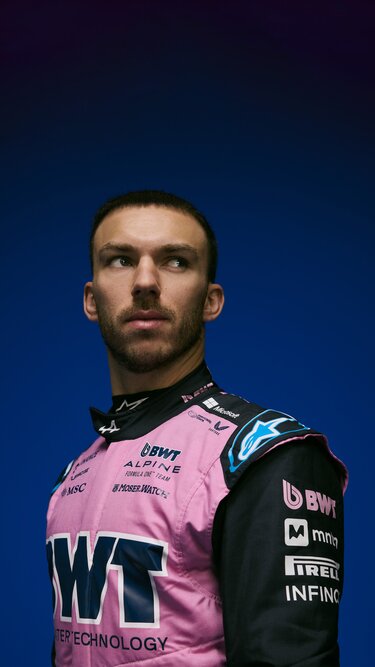
BWT Alpine F1® Team
Daha Yükseğe Çıkın
Alpine A525 uzmanlık ve inovasyonu bir araya getirir, hafiflik ve mutlak performans arayışını somutlaştırır.

HAFİFLİĞİN MÜHENDİSLİĞİ
A525 şasisi, BWT Alpine F1® Team tarafından üretilen ve minimum ağırlıkla maksimum güç elde etmek için tasarlanmış, karbon fiber kalıp ve alüminyum petek kompozit monokok bir şasidir.

Sınırları zorluyor

Yarış pistlerinden yollara
Aerodinamik özellikler ve pistte test edilen hafif malzemeler üzerinde yapılan araştırmalar, sıra dışı sürüş deneyimi sunmak için tüm Alpine modellerine entegre edildi.
Pilotlarımız
ayrıca keşfedin
WEC

Mağaza

F1® 2025 Sezonu - Bizi canlı takip edin

Partnerlerimiz





